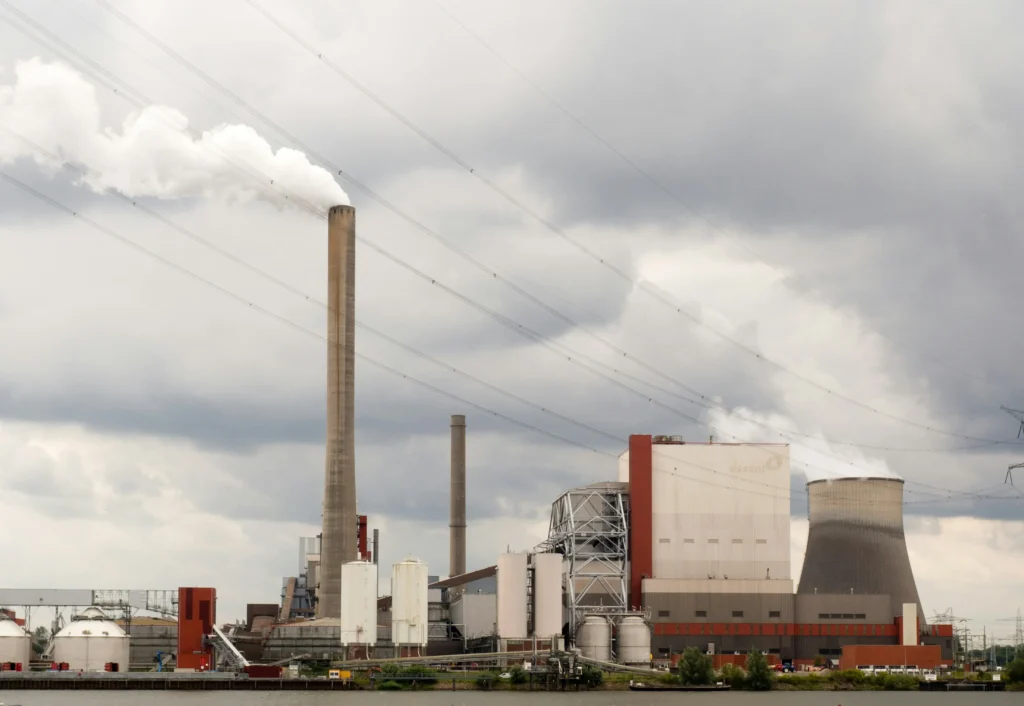
The History of Electricity
3 minute read • Last update April 2024

In this article
Electricity has a fascinating and complex history that stretches back far beyond the modern era. From the ancient Greeks who discovered static electricity to the scientific revolutions of the 18th and 19th centuries that unveiled its true potential, the journey of electricity is a tale of curiosity, experimentation, and groundbreaking discoveries.
Electricity’s early history
Thales of Miletus, a pre-Socratic Greek philosopher from the 6th century BCE, is often credited with the earliest recorded discovery related to electricity. His observations and experiments with amber (or “elektron” in Greek, from which the word “electricity” is derived) mark a foundational moment in the history of electrical science.
Thales discovered that when amber was rubbed with another substance, like fur, it would attract small objects such as feathers or bits of straw. This phenomenon is what we now understand as static electricity.
Though Thales’ understanding of what was happening was naturally limited by the scientific knowledge of his time, his observations were incredibly significant. They were among the first recorded instances of someone recognizing and documenting electrical phenomena.
Modern history of electricity
The real breakthrough, however, came in 1752, when Thomas-Francois Dalibard, following Benjamin Franklin’s suggestion, successfully extracted electricity from a thunderstorm using a metal rod, demonstrating that lightning was electrical in nature.
The invention of the battery and electromagnetic induction
A major milestone was reached in 1800 with Alessandro Volta’s invention of the voltaic pile, the first battery that produced a continuous electric current.
Later, in 1831, Michael Faraday discovered electromagnetic induction, which is the generation of an electric current by moving a magnet within a coil of wire. This discovery was pivotal for the development of electric generators, which provide the power to produce electricity on a large scale.
War of the Currents
The late 19th century saw the “War of the Currents” between Thomas Edison’s direct current (DC) system and Nikola Tesla and George Westinghouse’s alternating current (AC) system. The AC system prevailed primarily because it enabled efficient long-distance electricity through high-voltage transmission lines.
The emergence of the power grid
The development of the power grid transformed the electricity industry. Edison built the world’s first power station in New York City in 1882, using coal-fired steam engines to generate electricity.
Subsequent decades saw the rapid expansion of electricity generation with larger power plants and new technologies.
Hydroelectric power and rural electrification
The early 20th century saw the rise of many hydroelectric dams and power plants like the Hoover Dam. The Rural Electrification Act of 1936 in the United States also helped bring electricity to rural areas, significantly improving living standards.
Nuclear power and energy crisis
Nuclear power emerged as a significant electricity source in the mid-20th century. The first commercial nuclear power plant was opened in the UK in 1956. Its adoption accelerated in the 1960s and 1970s, fueled by the oil crisis.
Recent developments and advancements in electricity
In recent years, electricity has advanced quickly and humanity has made significant developments, particularly in the realms of renewable energy, energy storage, and nuclear technology. These innovations are reshaping how we generate, store, and use electricity.
Shift to renewable energy and storage solutions
Renewable energy sources, such as solar and wind power, have seen significant improvements in efficiency and cost-effectiveness, driven by technological innovations and increased investment. The advent of high-capacity and more affordable battery storage systems has solved one of the primary challenges of renewable energy: its variability. These energy storage solutions ensure a stable and reliable supply of power, even when the sun isn’t shining, or the wind isn’t blowing.
Advances in nuclear generation technology
Furthermore, advances in nuclear energy, including the development of smaller, safer modular reactors and research into fusion energy, promise a future of clean, abundant, and reliable power. These next-generation nuclear technologies aim to significantly reduce the risks associated with nuclear power while maximizing its energy output, offering a compelling complement to renewable energy sources in the quest to decarbonize our energy systems.
Together, these advancements represent a seismic shift in the energy landscape, promising a future where electricity is generated and used in ways that are more sustainable, efficient, and harmonious with the planet’s ecological balance.
Written by Graham Lumley
Graham Lumley, Digital Marketing Manager at BKV Energy, leads digital and traditional marketing strategies, focusing on educating Texans about the state's deregulated energy market. With over 8 years of marketing experience, he creates content to help consumers understand and save on their energy bills, bringing a fresh and dynamic approach to the industry.
Related articles

Is Coal Renewable?
3 minute readCoal is a natural energy source that has played a crucial role in powering human development for centuries. It forms
Get $50 off your electric bill!
Use code BKVEJOINUS50
Enter your zip code to shop BKV Energy's affordable, fixed-rate Texas electricity plans. Use the promo code for $50 off your electric bill.
